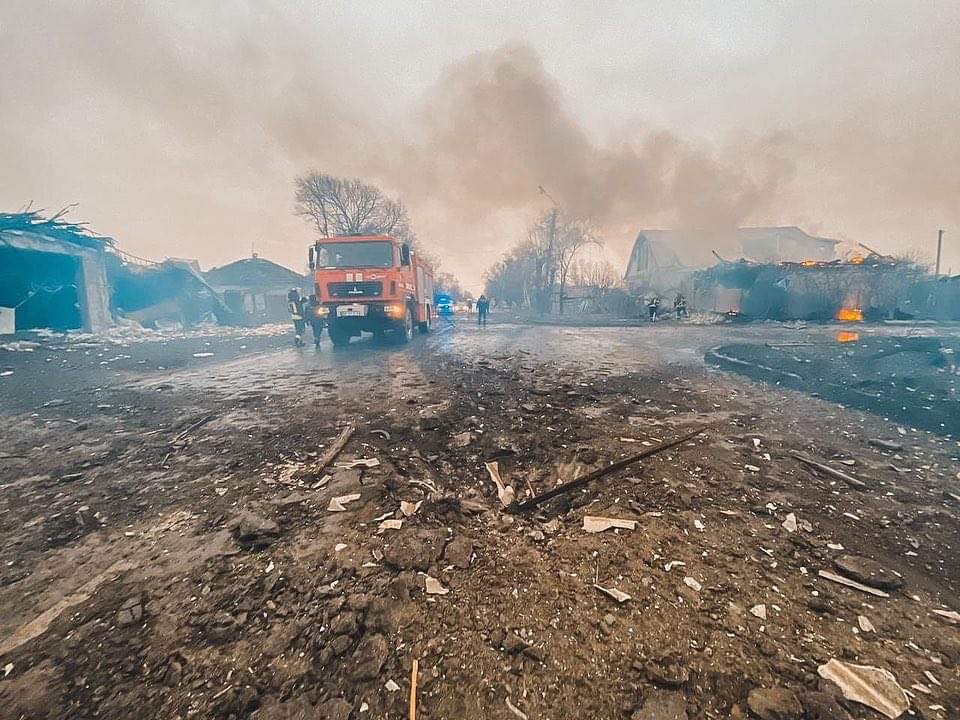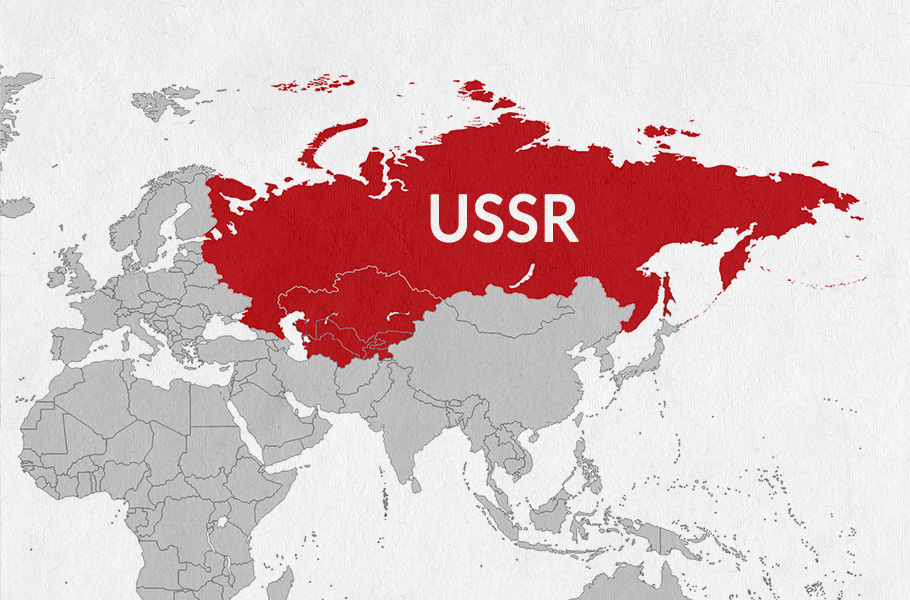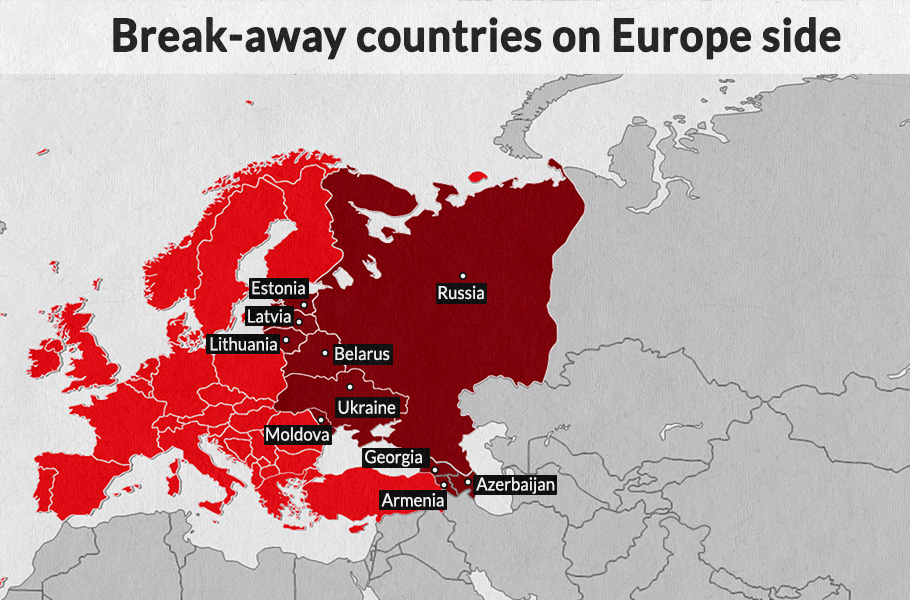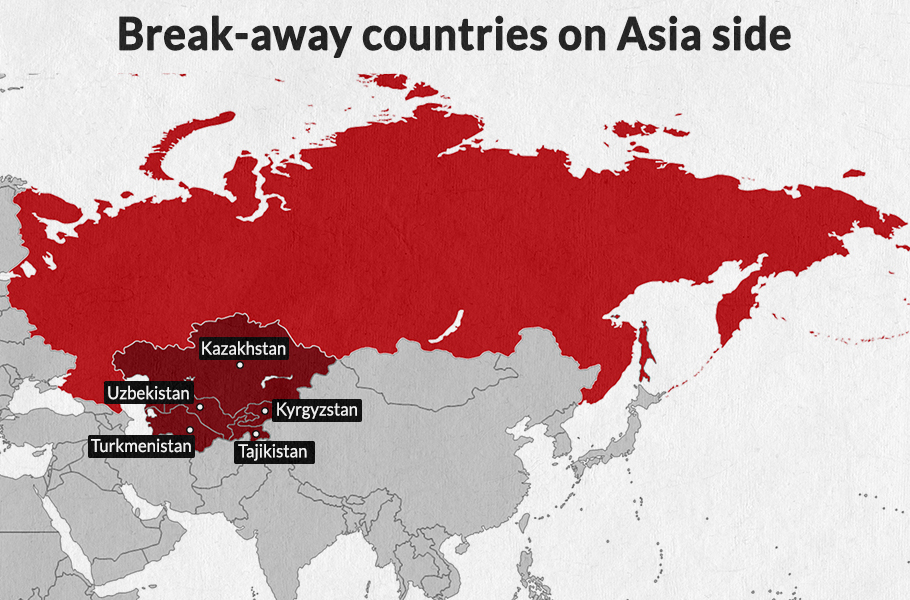
USSR split in 1991; what explains Ukraine’s bloodied history after that?
For long, Ukraine has had a rough ride with Russia; while a section of Ukrainians wishes to align with NATO, the Kremlin is against it

Over three decades ago, the Union of Soviet Socialist Republics (USSR), the world’s largest country and a geopolitical powerhouse, split into around 15 different sovereign nations. There were ethnic, political and economic factors at play that made the splintering inevitable.
USSR President Mikhail Gorbachev sought to bring in some reforms that did not find favour with the communist hardliners and military elites. They attempted a coup in August 1991, but it failed. However, Moscow lost its all-pervading influence over the region, and the dissolution of the USSR began in earnest.
In September 1991, the secession of the Baltic states was recognised. By the end of that year, the heads of the Russian SFSR, the Ukrainian SSR and the Byelorussian SSR — the Soviet Union’s founding republics and its largest — declared that the USSR ceased to exist. Shortly after that, eight other smaller republics joined them in the declaration. Gorbachev was forced to step down as the President of the USSR.
Also read: Live updates on the crisis at Ukraine
For decades now, Ukraine has had a rough ride with Russia, the reasons being two-pronged. One, a part of the Ukrainian population — including influential politicians and businessmen — has been in favour of aligning with Russia, while the other part has been against it. Two, Russia has been keen to bring the eastern Ukrainian region of Donbass back into its fold. This tension, with several ups and downs, has played out over the region for over 20 years now.
After the break-up
The USSR, by its very size and location across two continents — Europe and Asia — was open to various influences. So, after it was dissolved, several of the former Soviet republics retained close links with Russia, the biggest of them all. The Cold War had polarised the world, and these republics found it easier to align themselves with the Kremlin for economic and military reasons.


Russia and its allies formed multilateral blocs such as the Collective Security Treaty Organisation (CSTO), the Commonwealth of Independent States (CIS), the Eurasian Economic Community (EEC), the Union State, the Eurasian Customs Union (ECU), and the Eurasian Economic Union (EEU).
Meanwhile, the republics geographically closer to Western Europe — such as Romania and Lithuania — opted to join the EU and NATO. Ukraine got caught in the middle, thanks to its location. Within the country, while the eastern part was pro-Russia, the western part felt an affiliation with the EU. This is where the conflict began.


Ukraine’s tryst with the West and NATO
While Russia thinks Ukraine is an integral part of its polity, culture and ethnicity, Ukrainians have been divided on the issue. A majority of the citizens feel their own identity is lost when merged with the Russian one, and would rather retain their own geography and culture.
In 2004, Viktor Yanukovych, a pro-Russian candidate, was declared President but there were allegations of vote-rigging. The ensuing protests came to be known as the Orange Revolution. With a recounting of the votes, Viktor Yushchenko, a pro-Western former Prime Minister, was elected as Ukraine’s President.
Yushchenko’s poll promise was to help Ukraine break free from the Kremlin’s radar, and join the EU and NATO. In 2008, NATO promised Ukraine that it would join the bloc in the near future. The West had been wooing Ukraine to ally with it. Ukraine is attractive for several reasons, the main ones being its proximity to Russia, its coastline with harbours, and its mineral wealth.
In 2010, Yanukovych was back at the top after winning a presidential election. At this stage, Ukraine moved closer to the Kremlin. The two countries signed a gas pricing deal in exchange for which Ukraine extended a lease for the Russian navy to use its Black Sea port. Sealing the affiliation, Yanukovych suspended talks with the EU and, instead, began talks for economic ties with Moscow. This triggered mass rallies in Kyiv that lasted a long time.
By 2014, the protests had turned violent, with dozens of protesters losing their lives. In February that year, the Ukrainian Parliament voted to remove Yanukovych, who fled.
Russia’s annexure of Crimea
Meanwhile, Ukraine was facing unrest in some of its regions, with separatist rebels wanting to join Russia. In 2014, armed men seized Crimea, a Ukrainian region, and raised the Russian flag there. Moscow officially annexed Crimea after a referendum showed that an overwhelming majority of Crimeans wanted to join the Russian Federation. With this Ukraine not only lost Crimea but also gave up on its attempts to join the EU.
In April 2014, pro-Russian separatists in Donbass declared independence following a violent protest that killed hundreds. The rebels were said to have been backed by the Kremlin. Though the unrest in Donbass tempered subsequently, it never fully ceased.
In 2017, the Ukrainian government signed an agreement with the EU to open up markets and allow visa-free travel to the EU for Ukrainians. The Vladimir Putin government in Russia was very unhappy with the move. The anger deepened when a new Ukrainian Orthodox church won formal recognition.
Ukraine’s NATO ambitions
Furthering its agenda to align with the West, Ukrainian President Volodymyr Zelenskyy, in January 2021, appealed to US President Joe Biden to let his country join NATO. It may be noted that Russia has been dead set against Ukraine joining NATO, as it would provide Western nations with access to its borders. At the Beijing Winter Olympics, Putin went so far as to lobby for — and get — Chinese support against Ukraine joining NATO.
By mid-2021, Russia had stationed its troops near Ukraine’s borders. Since then, the tension between the neighbours has been at a high pitch, with Moscow launching an attack earlier this week.
Russia thinks it is imperative for it to take Ukraine into its fold. Putin gave an impassioned speech on how the two nations belong together. He spoke of a shared history — a point that a good portion of Ukrainians disagree with, saying they have their own culture, and would lose their individuality if they merged with Russia.
There are economic and military reasons, too, thanks to Ukraine’s location and geographic features. It is sandwiched between Russia and the West, making the Kremlin worry that if it joins NATO manning the border may become a problem. Ukraine also has a coast along the Black Sea that connects to the Mediterranean, making it an attractive shipping route for Russia. Most of Russia’s own harbours are located close to the Arctic and remain frozen during winter.


